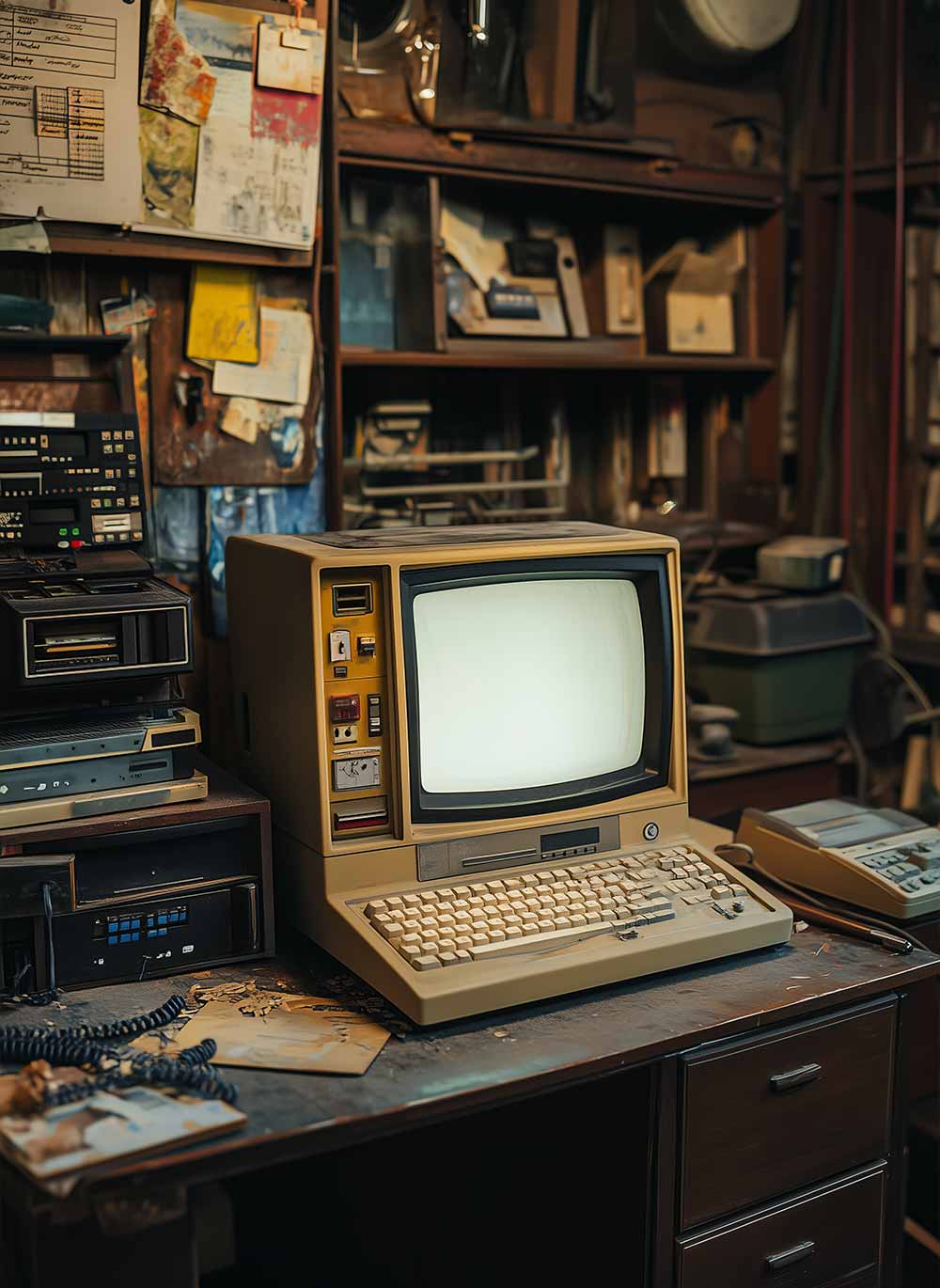
Technology Facts
Welcome to our Fascinating Technology Facts segment, where we delve into incredible feats of human innovation and technological advancement. From groundbreaking inventions to quirky discoveries, technology continues to shape our world in unimaginable ways. Join us as we uncover five captivating facts that highlight the ingenuity and creativity behind some of the most influential technologies of our time.
Internet
The internet, a global network connecting millions of devices worldwide, started as a project called ARPANET in the late 1960s. Its purpose was to create a robust communication network that could withstand a nuclear attack. Little did its creators know that this network would evolve into the vast, interconnected web of information, commerce, and social interaction that we rely on today.
GPS (Global Positioning System)
The GPS, originally developed by the United States Department of Defense, consists of a constellation of satellites orbiting Earth. These satellites transmit precise timing and positioning data to GPS receivers, enabling accurate navigation and location-based services. What began as a military navigation system has revolutionized everything from transportation and logistics to personal navigation on smartphones.
Mobile Phones
The first handheld mobile phone, the Motorola DynaTAC 8000X, was released in 1983. Weighing over two pounds and measuring nearly a foot in length, it offered just 30 minutes of talk time after a 10-hour charge. Today, mobile phones are pocket-sized powerhouses capable of accessing the internet, capturing high-definition photos and videos, and connecting us to people around the globe in an instant.
First Mobile Phone
Artificial Intelligence (AI)
Artificial intelligence, or AI, refers to machines that can perform tasks that typically require human intelligence, such as speech recognition, decision-making, and problem-solving. Advances in AI have led to applications ranging from autonomous vehicles and medical diagnostics to personalized recommendations on streaming platforms, reshaping industries and improving efficiency across various sectors.
First AI Created
3D Printing
Additive manufacturing allows for the creation of three-dimensional objects layer by layer from digital models. Developed in the 1980s, early 3D printers were primarily used for rapid prototyping in industries such as automotive and aerospace. Today, 3D printing technology has expanded to include everything from customized prosthetics and architectural models to food and clothing, demonstrating its potential to revolutionize manufacturing and creativity.
First 3D printer
Related Articles
The History of Paper Clips—A Simple but Brilliant Design
Paper clips are one of the most recognizable office supplies, yet their design has remained largely unchanged since the 19th century. But who invented them? While several designs existed, the most...
The Science of Sound Waves—How We Hear the World
Sound is all around us, but have you ever wondered how it actually travels? Unlike light, which can move through empty space, sound needs a medium—air, water, or solid objects—to be heard. When an...
The History of Traffic Lights—Keeping the World Moving
Traffic lights are a crucial part of modern transportation, but their origins go back further than you might expect. The very first traffic light was installed in 1868 in London, outside the British...





